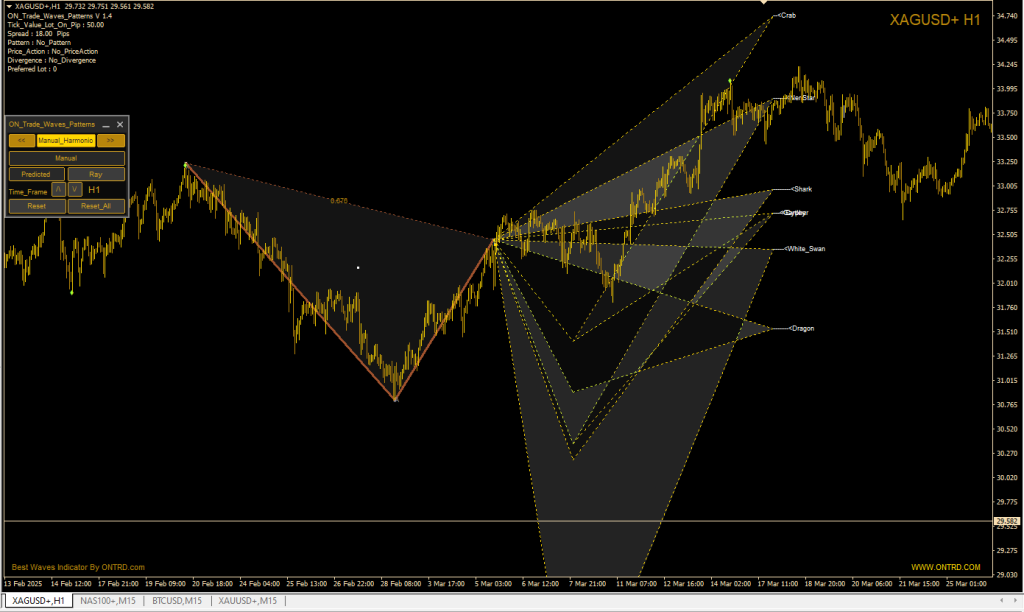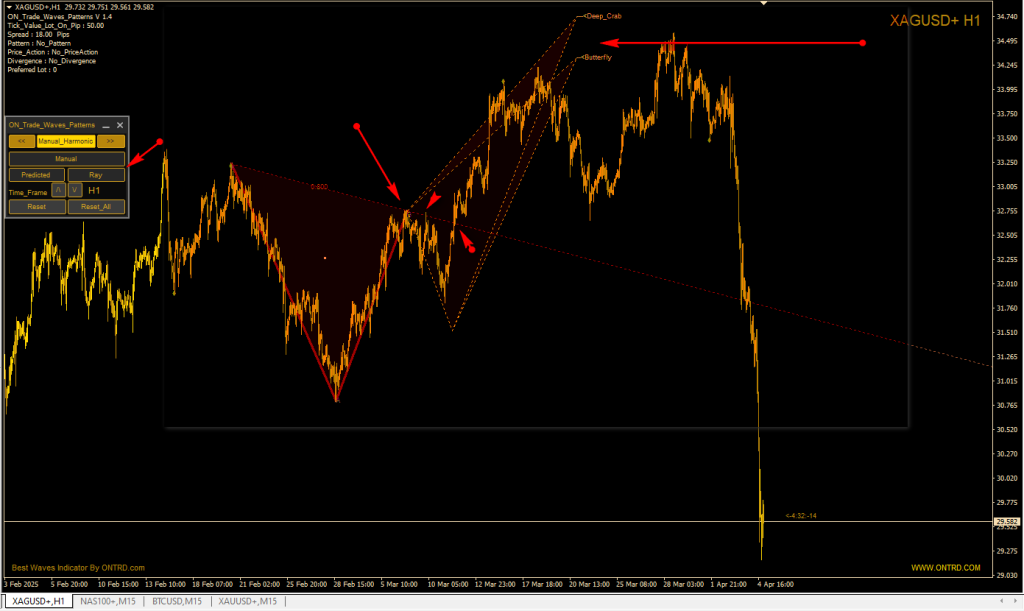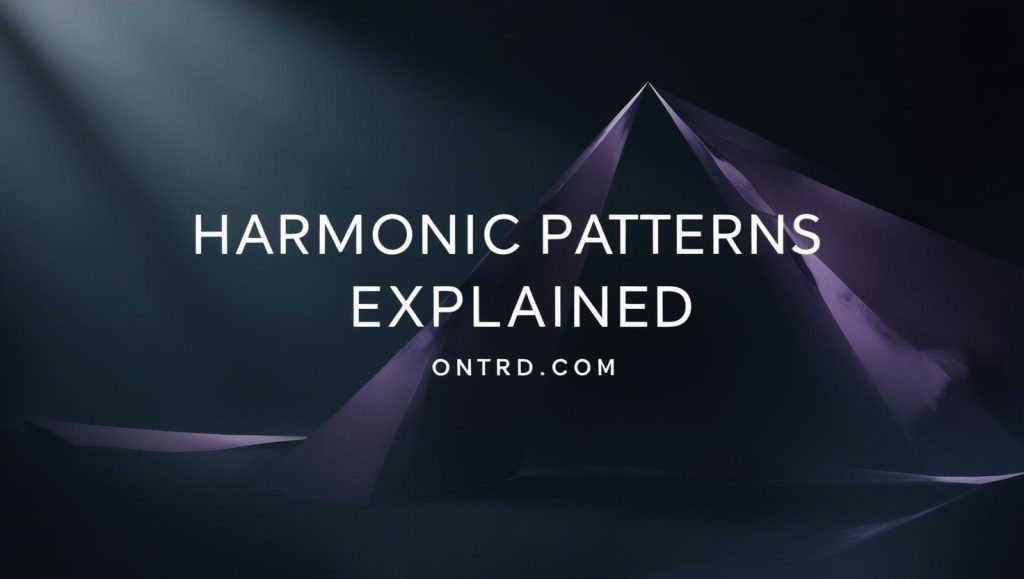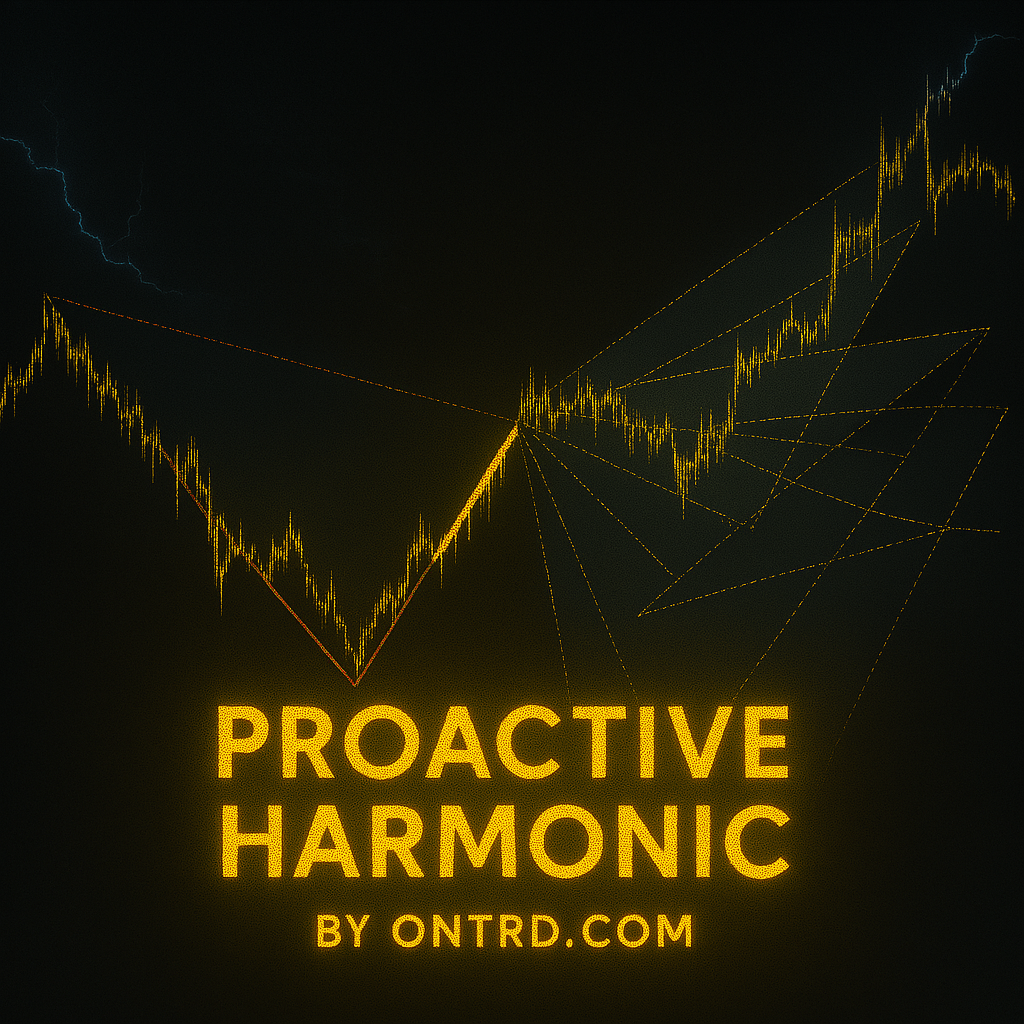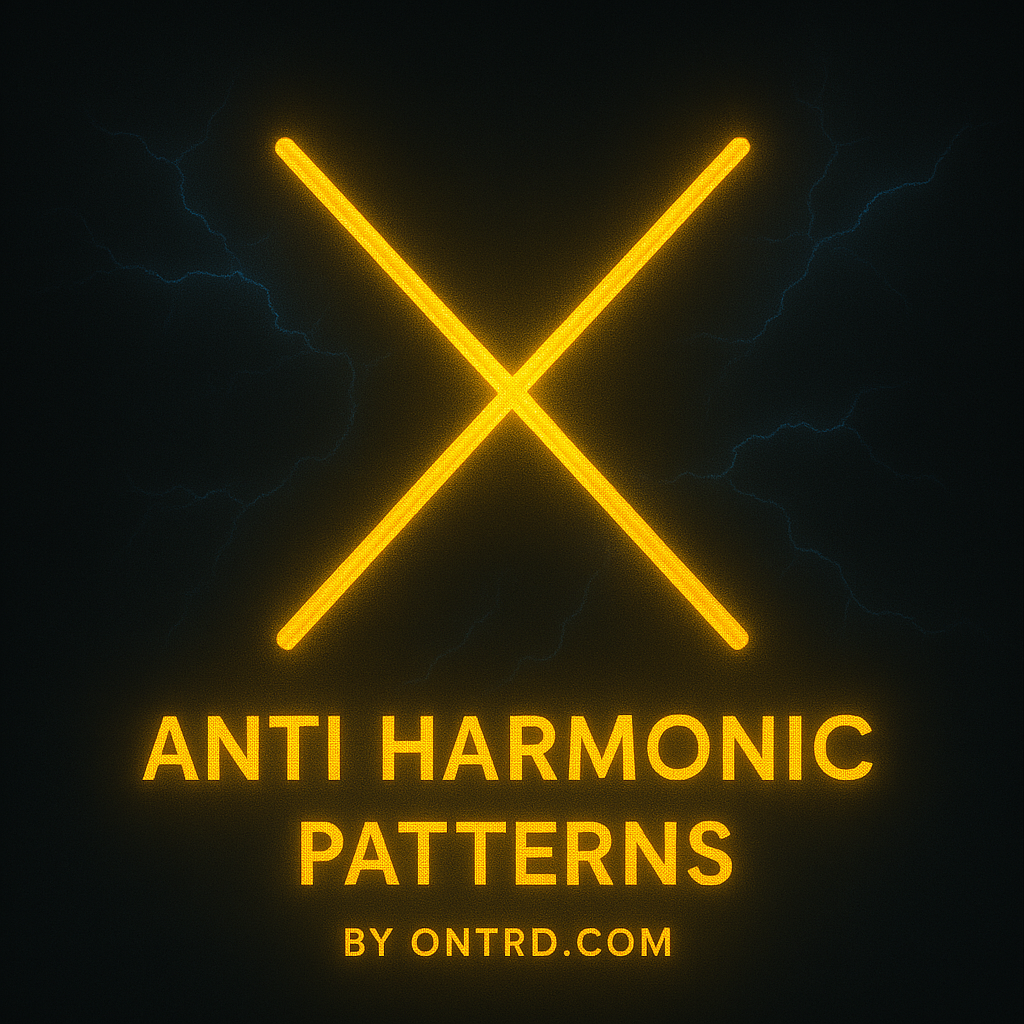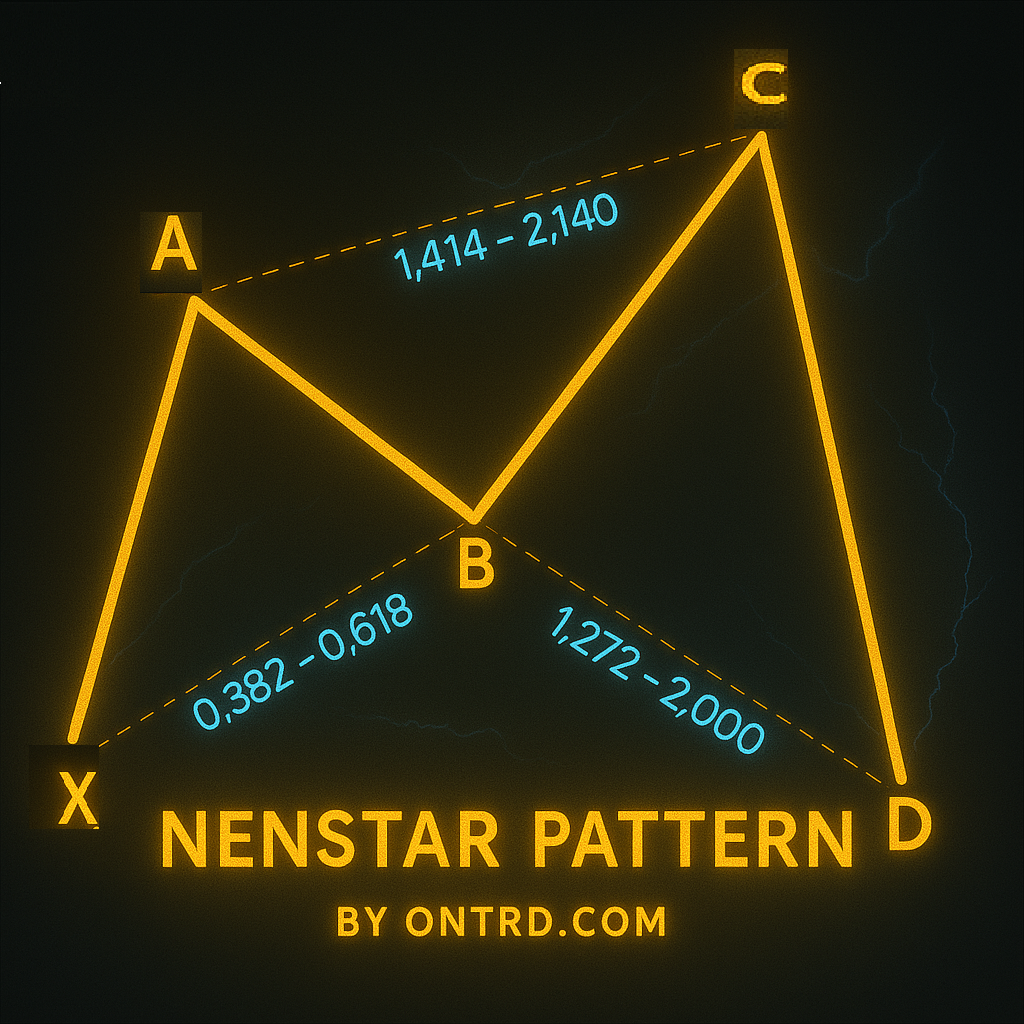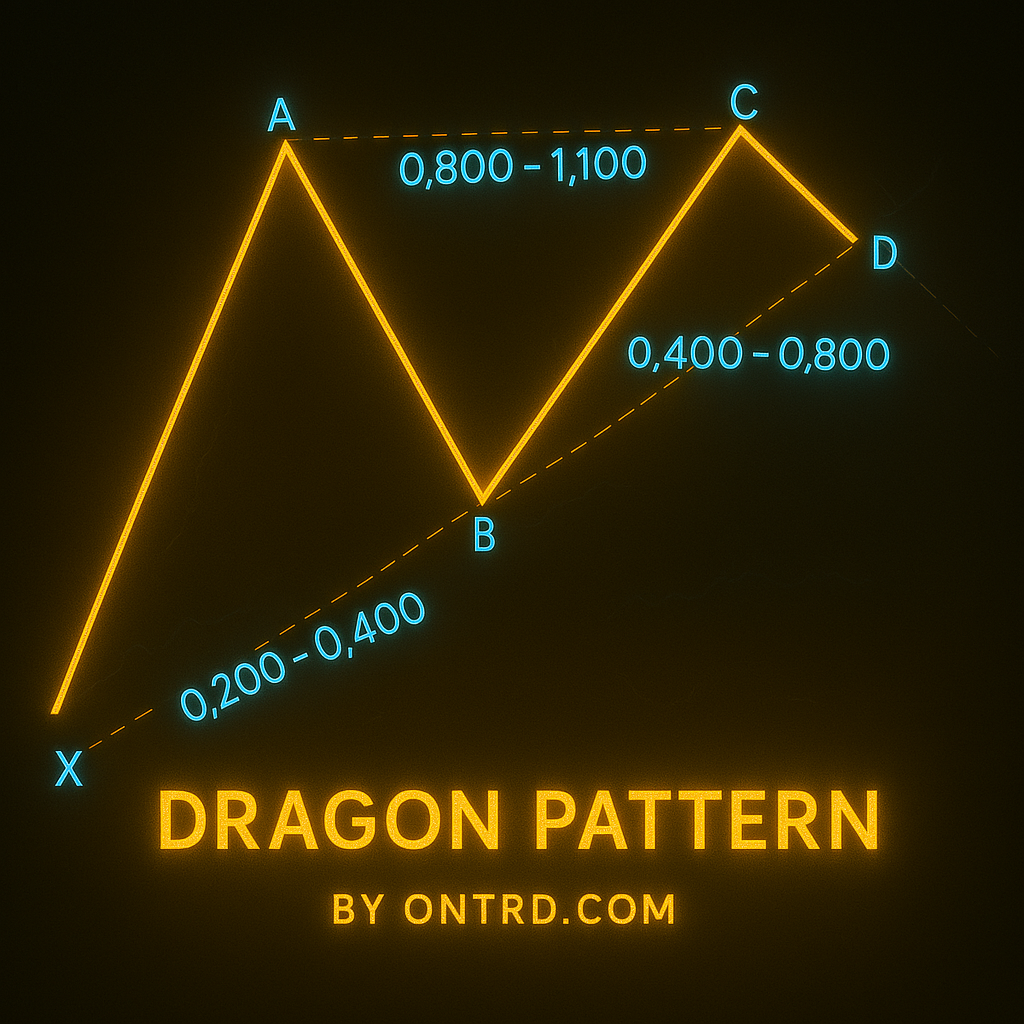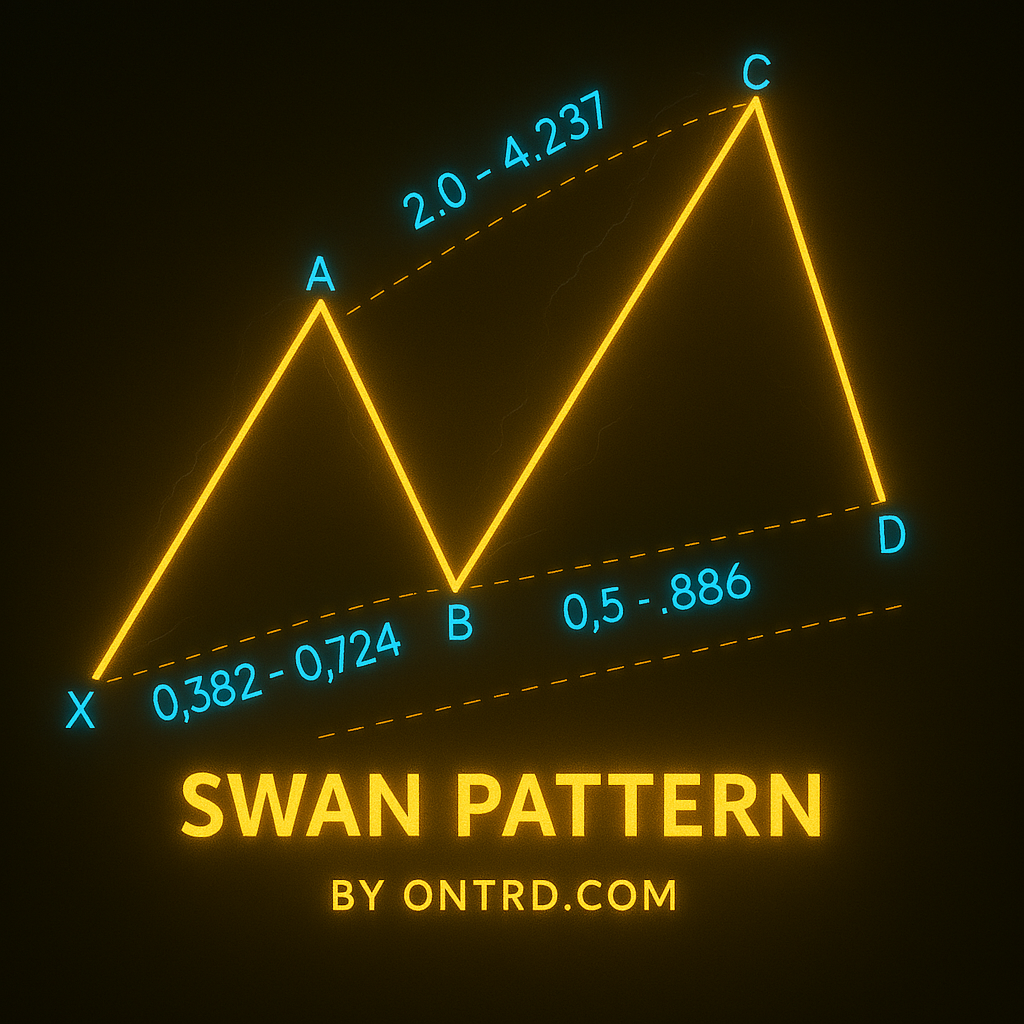1. Introduction to Proactive Harmonic Trading
Proactive harmonic trading involves entering harmonic patterns before their final (D) point completes, allowing traders to:
✔ Capture better risk-reward ratios
✔ Avoid crowded entry levels
✔ Anticipate institutional movements
✔ Trade with tighter stop losses
Key Benefit: Positions taken at 50-75% pattern development often yield 2-3x better R:R than waiting for full confirmation.
2. Best Patterns for Proactive Trading
| Pattern | Proactive Entry Point | Confirmation Method |
|---|---|---|
| ABCD | At 61.8% of BC leg | RSI divergence + pin bar |
| Gartley | When BC reaches 0.618 AB | MACD histogram reversal |
| Bat | At 88.6% retrace of XA | Volume spike rejection |
| Butterfly | When CD hits 1.272 BC | Order flow imbalance |
| Crab | At 1.618 XA extension | Liquidity pool break |
3. Step-by-Step Proactive Entry Strategy
Phase 1: Early Pattern Identification
- Mark initial XA leg
- Wait for AB retrace (38.2-61.8%)
- Plot Fibonacci extensions on BC leg
Phase 2: Pre-D Point Entry Triggers
For bullish patterns:
✅ Enter long when:
- Price reaches 61.8-78.6% of projected D zone
- Bullish engulfing forms
- RSI shows positive divergence
For bearish patterns:
✅ Enter short when:
- Price tests 127-161.8% extension area
- Bearish pin bar appears
- Volume exceeds 20-period average
Phase 3: Dynamic Position Management
- Initial Stop Loss: 1.5x recent swing high/low
- Take Profit 1: Equal to risk taken
- Take Profit 2: Full pattern projection target
4. Confirmation Techniques for Early Entries
Price Action Filters
✔ 3-Candle Rule: Require 3 consecutive confirming candles
✔ Wick Rejection: >50% wicks at key Fib levels
✔ Session Timing: London/NY overlap period entries
Indicator Confluence
- RSI: Must show divergence at entry zone
- MACD: Histogram crossing zero line
- Volume Profile: POC alignment with Fib level
Market Context
➤ Works best:
- After strong impulsive moves
- At major S/R levels
- During low liquidity periods (avoid news)
5. Risk Management for Proactive Trading
| Scenario | Action |
|---|---|
| Pattern fails | Exit at 1ATR beyond entry |
| Early TP1 hit | Trail stop to breakeven |
| No confirmation | Cancel pending orders |
Critical Rule: Never risk >1% capital on unconfirmed patterns.
6. Proactive vs Traditional Harmonic Trading
| Factor | Proactive Approach | Classic Approach |
|---|---|---|
| Entry Timing | 50-75% pattern completion | 100% completion at D point |
| Risk | 0.5-1ATR stop | 2-3ATR stop |
| Reward | 1:5-1:8 R:R potential | 1:3 typical |
| Accuracy | 60-70% (requires skill) | 75-80% |
7. Professional Tips for Success
- Pattern Selection: Focus on ABCD and Gartley – most reliable for early entries
- Timeframe Synergy: Confirm on Higher timeframe (e.g., H1 entry with D1 trend)
- Liquidity Check: Verify order book depth at entry zones
- Journaling: Track win rate variations between early/late entries
- Algorithm Assist: Use harmonic scanners for pattern probability scores
8. FAQ: Proactive Harmonic Trading
Q1: How early is too early to enter?
A: Never enter before BC leg establishes (minimum 38.2% retracement).
Q2: Best markets for proactive entries?
A: EUR/USD (London session), BTC/USD (low volatility periods).
Q3: Handling false breakouts?
A: Combine with liquidity indicators – false moves often show thin order book depth.
Q4: Optimal timeframes?
A: 15M for entries, 4H/Daily for context (scalping requires ultra-precise execution).
9. Conclusion & Action Plan
Proactive harmonic trading unlocks:
✅ Earlier entries with better prices
✅ Reduced competition at entries
✅ Superior risk management
Your Implementation Roadmap:
- Backtest 50+ early entries on historical data
- Start with demo trading using 61.8% BC entries
- Gradually incorporate liquidity analysis
- Scale live positions only after 70%+ demo accuracy
- Beware of Economic News.
🚀 Next-Level Tip: Use Volume-Weighted Fib Levels for institutional-grade entries.
Best Product To Draw Proactive Harmonic Patterns Manually Is : ON Trade Waves Patterns.
